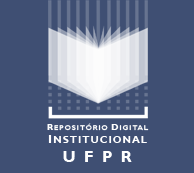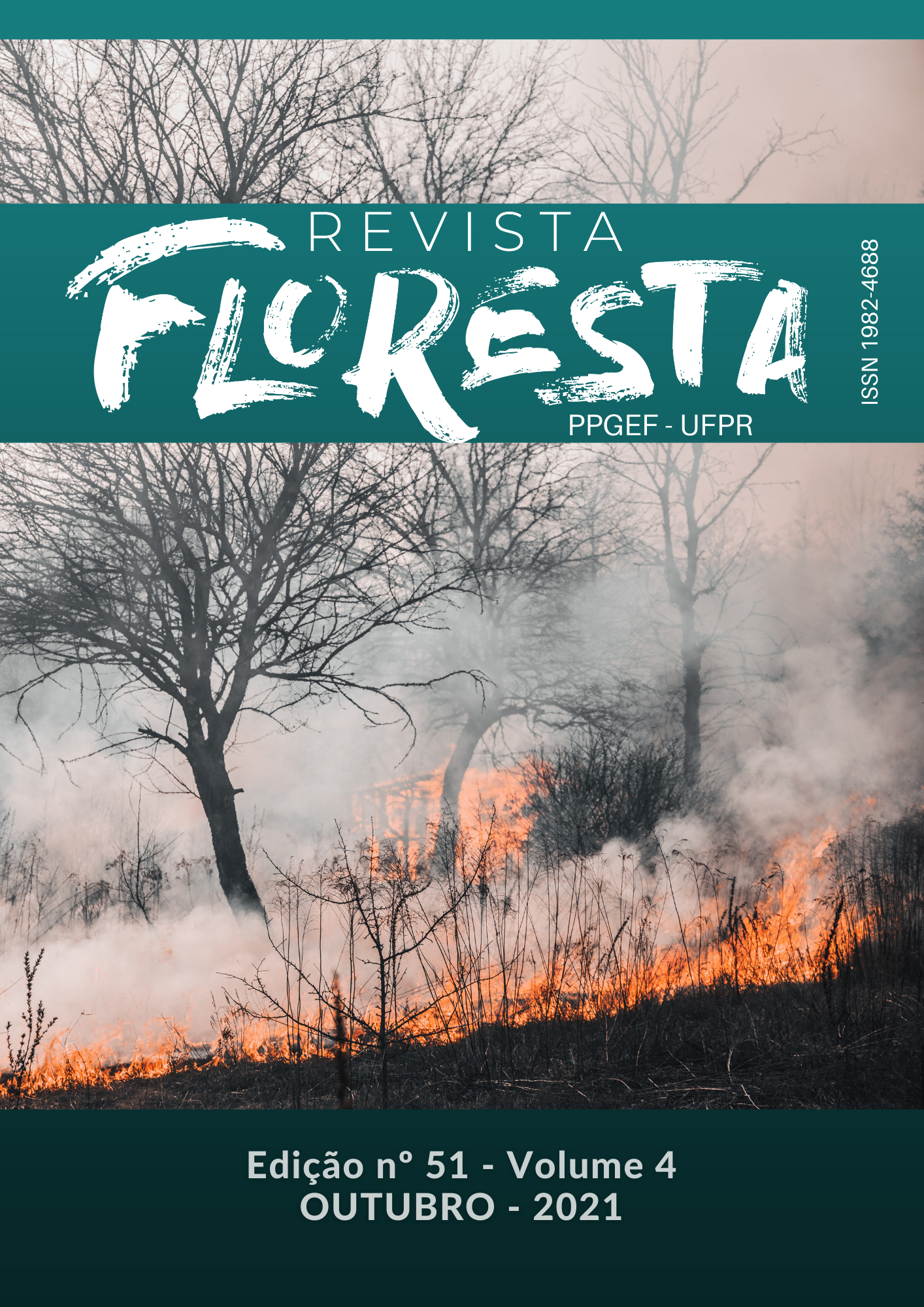EFFECTS OF ALTITUDE ON SEEDS GERMINATION AND LUMINOSITY LEVELS ON THE VEGETATIVE DEVELOPMENT OF Schinus terebinthifolius Raddi
DOI:
https://doi.org/10.5380/rf.v51i4.73306Palavras-chave:
Rose pepper, Atlantic Forest, ReforestationResumo
Schinus terebinthifolius is a pioneer species of the Atlantic Forest. Thus, this study aims to evaluate the germination process of S. terebinthifolius seeds collected in four sites with different altitudes (São Francisco do Sul/SC, 2.53 m; Foz do Iguaçu/PR, 176.67 m; Maringá/PR, 458.00 m; Guarapuava/PR, 1,048.70 m) and their initial development under four luminosity levels. For the germination test, we used the completely randomized experimental design with 12 repetitions with 50 seeds per treatment. The seedlings were subjected to the luminosity levels of 50, 60, 70, and 100%. A triple factorial scheme, with four levels in each factor (43), was used to evaluate the seed collection site, luminosity, and seedling’s development period. Principal components analysis was applied to the correlation matrix in the set of response variables emerging from the treatments. Seeds collected in São Francisco do Sul/SC presented higher vigor, and better germination speed index (GSI), development of the primary root and aerial part length. However, they also presented the worst result for the vegetative growth of seedlings subjected to a luminosity of 50%. Seeds collected in Maringá/PR presented a lower germination percentage and GSI. Still, they obtained the better results for vegetative development of seedlings subjected to a luminosity of 70%. This study confirmed that S. terebinthifolius seedlings, when exposed to luminosity higher than 60%, present better adaptation and development. Nonetheless, further studies about altitude and management are required to foster the recovery of degraded areas.
Downloads
Publicado
Como Citar
Edição
Seção
Licença
Direitos Autorais para artigos publicados nesta revista são do autor, com direitos de primeira publicação para a revista. Em virtude da aparecerem nesta revista de acesso público, os artigos são de uso gratuito, com atribuições próprias, em aplicações educacionais e não-comerciais.A revista, seguindo a recomendações do movimento Acesso Aberto, proporciona acesso publico a todo o seu conteudo, seguindo o principio de que tornar gratuito o acesso a pesquisas gera um maior intrcambio global de conhecimento.
Conteúdos do periódico licenciados sob uma CC BY-NC-SA 4.0



